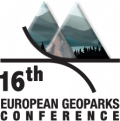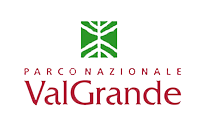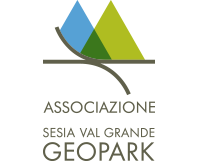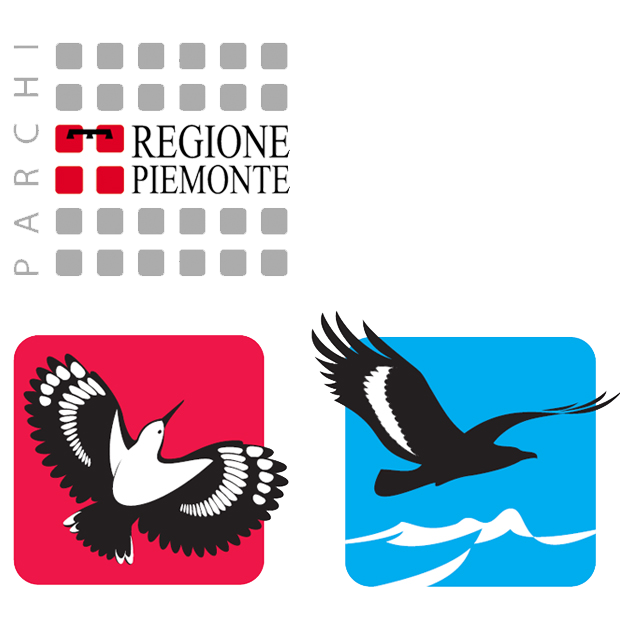- Home
- Geology
- Geosites
Geosites
What is a geosite?
A geosite can be defined as a “location, area, or territory, for which any geological and geomorphological interest for conservation can be found” ” (W.A. Wimbledon, 1996).
The relevance of a geosite could be global, national, regional, or local.
Link:
www.geologiaeturismo.it
www.isprambiente.gov.it/en
The geosites of the Sesia Valgrande Geopark
The following sites are representative of very important geological areas, many of which have been studied by geologists from across the world.
The letters in brackets indicate the relevance of each geosite:
(I): international value
(N): national value
(R): regional value
1) CHURCH OF ALBO (I): metamorphic rocks of the Ivrea Verbano Area, a geological area famous among scientists from all over the world.
2- CANDOGLIA (I): quarries for the pink marble used in Milan Cathedral.
3- PREMOSELLO (I): contact between rocks of the deep continental crust and rocks of the continental mantle, in an exceptionally rare occurrence at the Earth’s surface.
4- FINERO (I): Quarry of peridotites, rocks of the Earth's mantle: they form the mafic-ultramafic body of Finero, one of the most studied in the world.
5- SAN BERNARDINO RIVER (N): metamorphic rocks of the so-called “Scisti dei Laghi”, shaped by glacial action.
6- CADORNA ROAD: PIAN D’ARLA (I): Scisti dei Laghi and a good view-point for the Monte Zeda group.
7- PONTE NIVIA (I): Banded amphibolites, metamorphic rocks of the Strona-Ceneri area, much studied by European scientists.
8- CADORNA ROAD: P. FOLUNGO - MT. BAVARIONE (I): around Mount Bavarione are exposed all types of rocks of the so-called “Strona-Ceneri area”, studied by many European scientists.
9- PONTE CASLETTO (I): outcrop of "Cenerigneiss", rocks derived from the metamorphism of a sedimentary rock; their complex history is still strongly debated.
10- SPOCCIA ORASSO (I): mylonites which formed along the Cossato-Mergozzo-Brissago Line, a fault developed at great depth and high temperatures.
11- SPOCCIA (I): mylonites of the Cossato-Mergozzo-Brissago Line and their relationship with the rocks of the basic intrusion (Basic Complex of the Ivrea Verbano area).
12- POGALLO VALLEY (I): mylonites formed at the Pogallo Line, a fault whose role is crucial in the interpretation of the geological history of the “Serie dei Laghi” area.
13- CASTLE OF VOGOGNA (I): mylonites here are related to the most important fault system in the Alps, the Insubric Line.
14- PREMOSELLO – VOGOGNA (I): exposed here are the so-called “fossil earthquakes”: products of instantaneous melting along fault planes triggering an earthquake.
15- SCOPETTA - old bridge over the Sesia river (I): mylonite of the Insubric Line, the most important fault system in the Alps.
16- BALMUCCIA (I): one of the best preserved mantle peridotites in the world.
17- VOCCA near the village of Isola (I): basic rocks deformed at high temperatures.
18- VOCCA near the bridge on the Gavala stream (I): crustal rocks incorporated in the Mafic Complex.
19 - ANICETI - VARALLO (I): the magma chamber of the Mafic Complex, where igneous structures are best preserved.
20- BOCCIOLARO (I): the magma chamber of the Mafic Complex; here the magmatic structures are stretched because they were at a greater depth.
21 - CREVOLA (I): contact between different rocks of the Ivrea Verbano area: the Basic Complex and the Kinzigitic Formation.
22- VALSESSERA - LA FRERA (R): faults that cut the rocks of the Basic Complex and other high temperature deformation structures.
23- AGNONA BRIDGE (I): mingling of basic and acidic rocks, which were at only a few kilometers deep in the upper crust.
24 - PRATO SESIA (I): megabreccia of a caldera. It is a chaotic association of rocks, formed during the collapse of a caldera: gigantic blocks of different rocks, in a compacted tuff.
25 - PIANCONE (I): crustal rocks incorporated in the Basic Complex; inside them it is possible to find thin corundum bands.
26 - GARGALLO (I): caldera fill and caldera wall.
27 - MONTE ROSA massif and its glaciers (N): granitic massif, glaciers and related landforms.
28 - MONTE ROSA GOLD MINES (I): gold veins and ancient mining structures.
29 - STOFFUL (R): talc-bearing serpentinites, the “soapstone” used to make pots and stoves.
30 - CIMALEGNA (N): high mountain geological-pedological track.
31 - WOLD – FUN D’EKKU (R): glaciological track.
32 - BOCCIOLETO (R): peculiar landform and genesis of the Giavine rock Tower.
33 - UNIPIANO (R): Varallo: a glacial terrace, the remains of the valley bottom during the last glaciation.
34 - SAMBUGHETTO (N): complex of caves in the "Valley of Strona marble" and geo-paleontological museum "Bertolani", devoted to rocks, minerals and fossils of the valley.
Copyright © 2014 Sesia Val Grande Geopark - Email This email address is being protected from spambots. You need JavaScript enabled to view it.






















































